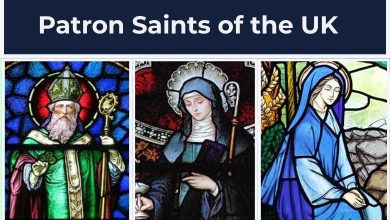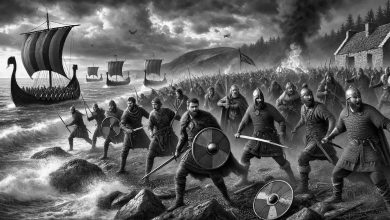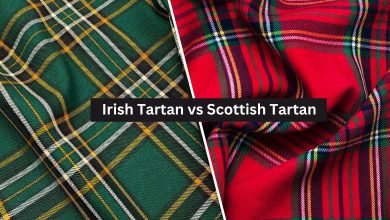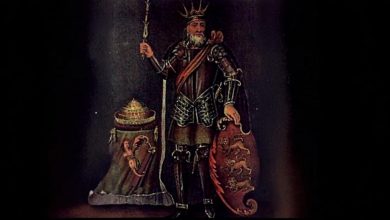The Meaning of Ancient Celtic Symbols Often Seen in Irish Culture
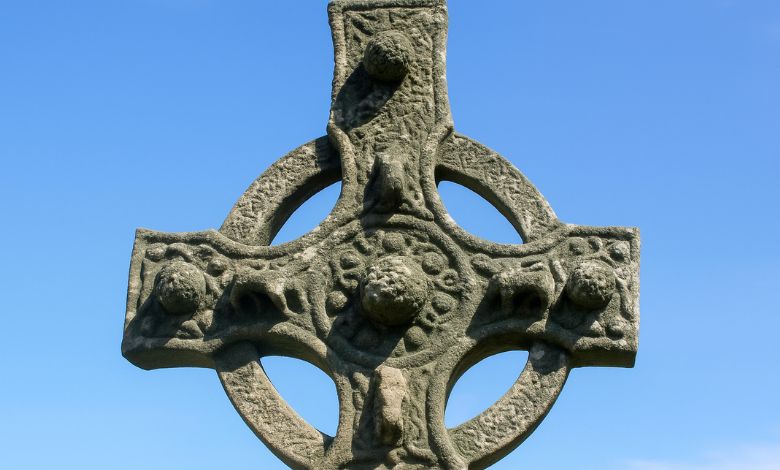
Ireland is a country where a large number of Celts still inhabit and the Celtic language is still spoken there. Celts were close to the natural world and had hundreds of symbols indicating something about the past and future and bringing good luck. This article aims to let you know about the meaning of ancient Celtic symbols that are still admired in Ireland. Let us start with an overview of Celts with Ireland.
Connection of Celts with Ireland
Ireland’s history and culture are deeply intertwined with its Celtic heritage. Celtic tribes brought their language, customs, and artwork to Ireland around 500 BC. Ireland’s cultural environment was transformed by this invasion, creating a Celtic character that endures to this day.
The Irish language, which is a member of the Celtic language family, demonstrates this ancestry. Celtic themes and tales of gods, goddesses, and heroes abound in ancient Irish literature, mythology, and artwork.
Famous emblems like the Celtic cross, shamrock, and knot serve as visible reminders of this ongoing relationship and the significant impact the Celts have had on Ireland’s history and culture. The tradition of Irish kilts, inspired by Celtic attire, also reflects the enduring influence of this rich cultural history, adding to the distinctiveness of Ireland’s cultural identity.
Ancient Celtic Symbols in Ireland
Hopefully, the readers’ query regarding the connection between Ireland and the Celts must be clear now. It’s time to hit our primary and fascinating topic now. We will shed light on some of the most popular ancient Celtic symbols in Ireland and the stories that make them popular.
Celtic Knot
Let us begin the discussion with the Celtic Knot, a traditional Celtic symbol that is most associated with Ireland. The symbol or emblem is a decorative endless knot with no starting or ending point. Commonly used in jewellery and home decor, the knot brings eternity and life.
Shamrock
Celtic Shamrock, a three-leaf clover, is specific to Celts and Ireland. The clover is called “seamróg” in Irish and is considered a sacred plant in their culture. Irish people admire it because of its connection with St. Patrick, who used it as a metaphor for the Christian Holy Trinity. Three leaves of this clove represent love, hope, and faith.
Celtic Cross
The Celtic Cross is the most popular Celtic symbol in Irish culture. It has been part of Irish culture since the Middle Ages. Two counties in Ireland, Kilkenny and Laois, have the most followers and some of the oldest examples. This symbol also has a connection with St. Patrick, who understood the significance of stones and crafted a cross over them.
The symbol actually combines two beliefs. The cross represents Christianity, while circles appear for Celtic (eternity). Another thing to remember is that the Celtic Cross is admired not only in Ireland but also in other Celtic countries, including Scotland, Wales, etc.
Triquetra (Trinity Knot)
Considered the most ancient Celtic mark, the Triquetra is a triangularly looped symbol representing life’s eternal cycle, faith, and hope. Some people think of the three angles to describe land, sea, and sky. According to some historians, the sign signifies life, death, and rebirth.
Dara Knot
Another Celtic-Irish emblem representing nature is the Dara Knot. Like other symbols, this one also does not have a starting or an ending point. Its name is derived from the Irish word “Doire,” which means “Oak Tree.” This symbol is free of any specific shape; however, all shapes represent oak trees and their significant roots in Celtic culture. Oak trees are known to symbolize truth, courage, and wisdom.
Celtic Tree of Life
The Celtic Tree of Life is an ancient Irish symbol that represents balance, harmony, and rebirth. It’s also known as Crann Bethadh in Irish, where Crann means “tree”. They believe the breaches of trees reach the sky, while roots connect with the whole depth of the ground.
The tree represents the connection between the physical and spiritual worlds and between heaven and earth. The trunk represents power and resilience, while the leaves mean to bring new life. In other words, this Celtic tree is still quite admirable to Irish people.
Irish Harp
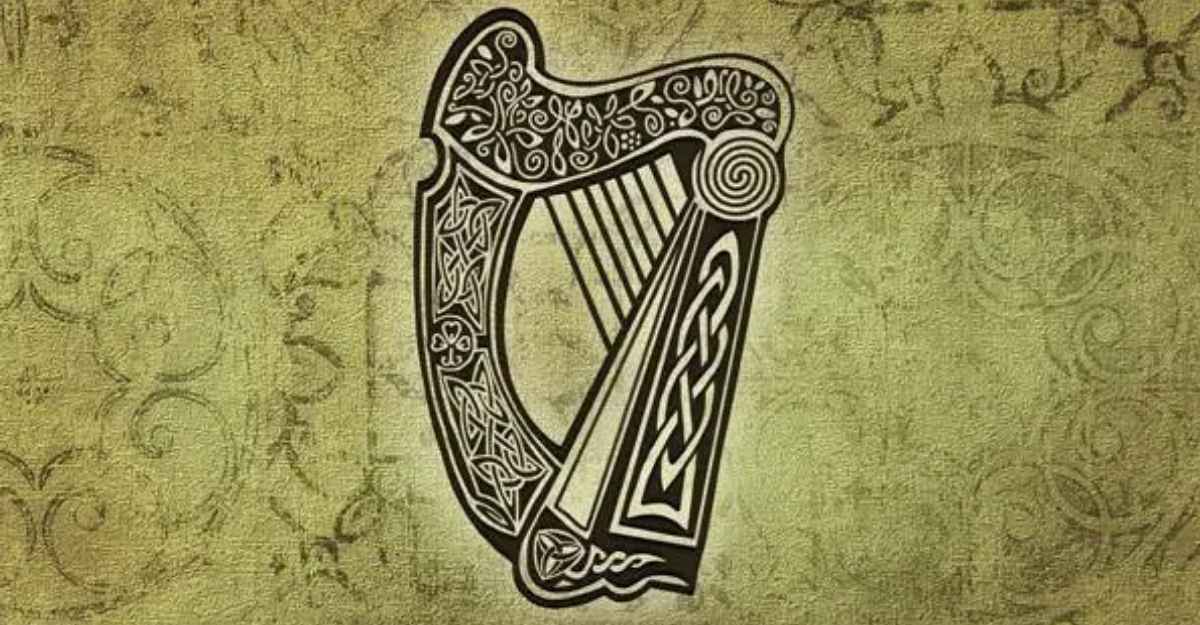
The harp is a musical instrument with multiple strings that is popular in all Celtic countries. However, its association with Ireland is prominent. The harp serves as Ireland’s national symbol, representing national pride, cultural heritage, and historical sovereignty.
Due to its long association with Irish identity, harpers often appear on official documents like passports and are even featured in the Guinness logo. They signified the high status of harpers in ancient Gaelic society, where they were considered highly respected musicians.
Brigid’s Cross
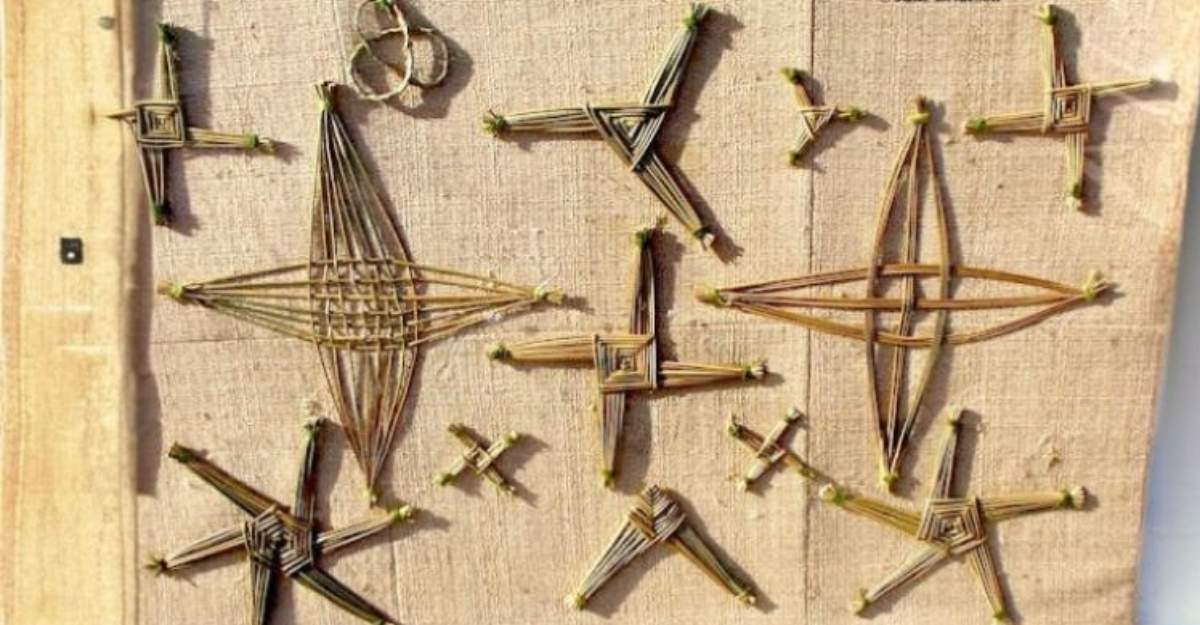
This cross is an example of how Christianity impacted Highlanders or Celts. The cross primarily represented the Celtic goddess known as Tuatha de Danann. She was known to offer people lives. Along with lives, she controlled fire, which means she also had destruction powers.
With the arrival of Christianity, her status changed from pagan goddess to Saint Brigid of Kildare. Today, Irish people still use this straw and place it at the entrance of their homes or in kitchens. They believe the cross to throw evil eyes and spirits away from homes as well as lives.
Wheel of Taranis
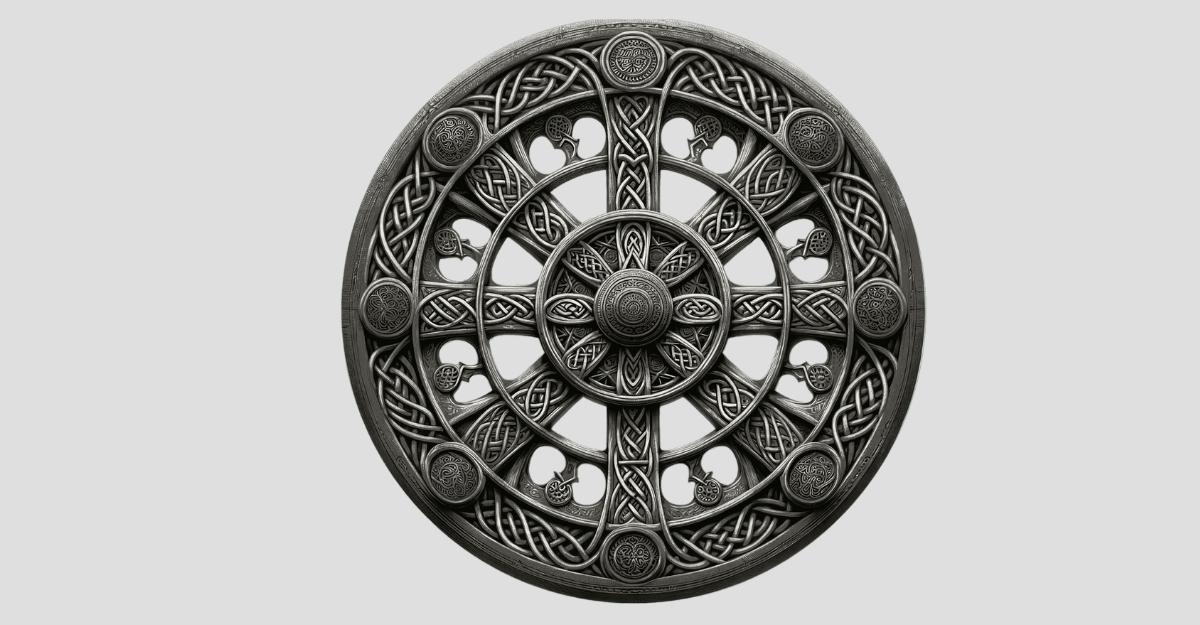
Another Celtic emblem that was commonly worshipped in Ireland for a long time was the Wheel of Taranis. The wheel has 6 or 8 spokes representing the God of Taranis. That Celtic god could control the sky, sun, and cloud thunder. The wheel’s hub was identified as a central or focal point of the universe, and the entire wheel represented the nature of life, the universe and the concept of eternal return. In other words, the symbol clarifies the respect of the natural world among the Celts.
Conclusion
Wherever the Celts went, they brought their belief system with them and made it popular. Ireland could not save itself from this trait of the Celts. The country started following the beliefs of the Celts, and the use of ancient Celtic symbols in Ireland clearly reveals this. Many symbols are part of their beliefs, including the Celtic Knot, Shamrock, and Dara knot. Some symbols are still admired in Ireland, while some have disappeared with time.

